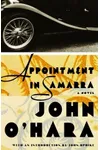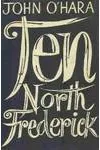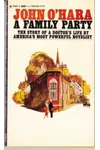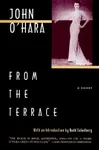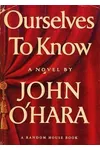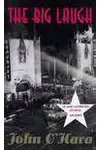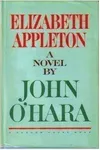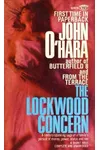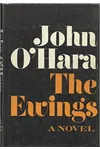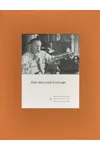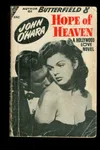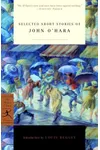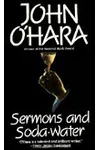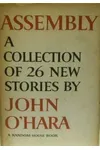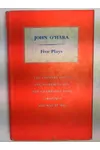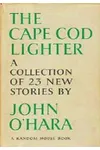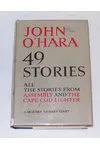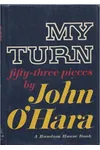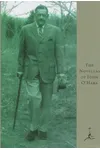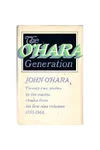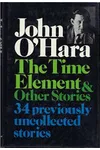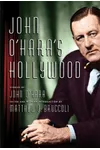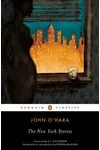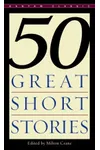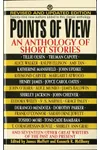Picture a storyteller who peered into the heart of America’s elite, exposing their secrets with razor-sharp wit—meet John O’Hara! Born in 1905 in Pottsville, Pennsylvania, O’Hara crafted tales that dissected class, money, and sexuality with unmatched precision. His debut novel, Appointment in Samarra, stunned readers in 1934, cementing him as a literary force. With over 400 short stories and a knack for dialogue, O’Hara’s work remains a vibrant snapshot of 20th-century America.
From his fictional Gibbsville to the glitz of Manhattan, O’Hara’s stories captured the ambitions and flaws of the upwardly mobile. His bold, unfiltered style made him a trailblazer, though his brash personality sometimes overshadowed his genius. Ready to dive into his world? Let’s explore the man behind the prose!
The Making of John O’Hara
John Henry O’Hara grew up in a wealthy but socially complex Irish Catholic family in Pottsville, a coal town that inspired his fictional Gibbsville. Denied a Yale education due to financial setbacks, he channeled his status anxiety into a keen eye for social nuance. Starting as a reporter, O’Hara honed his ear for dialogue, later moving to New York to write for magazines like The New Yorker, where his short stories first gained traction.
His early career was a whirlwind of odd jobs—film critic, radio commentator, press agent—but writing was his true calling. By 1934, at age 29, he published Appointment in Samarra, a novel that Ernest Hemingway praised as ‘marvelously well’ written. This marked O’Hara’s rise as a chronicler of American life, blending journalistic clarity with literary depth.
John O’Hara’s Unforgettable Stories
O’Hara’s novels and short stories are masterclasses in social observation. Appointment in Samarra (1934) follows Julian English, a car dealer whose impulsive acts unravel his life in Gibbsville, exposing the fragility of social status. BUtterfield 8 (1935) dives into Depression-era Manhattan, tracing Gloria Wandrous, a bold, sexually liberated woman inspired by flapper Starr Faithfull. Its frank depiction of female sexuality was groundbreaking, shocking readers and critics alike.
Ten North Frederick (1955), which won the National Book Award, explores a lawyer’s doomed presidential ambitions, while From the Terrace (1958) charts a steel magnate’s family saga. O’Hara’s style—crisp dialogue, unflinching realism, and a focus on class dynamics—set him apart. His 247 New Yorker stories, a record, showcased his ability to distill entire lives into a few pages, earning praise from contemporaries like F. Scott Fitzgerald.
Though some later novels grew verbose, O’Hara’s early works remain timeless. His fearless take on taboo topics—sex, alcoholism, and social climbing—paved the way for modern literary fiction, blending high society’s polish with raw human truths.
Why John O’Hara Matters
O’Hara’s legacy lies in his unflinching honesty about American life. He understood how class and money shaped character, capturing the superficial and profound with equal clarity. Writers like John Updike and Fran Lebowitz hailed him as a master, with Lebowitz calling him ‘the real Fitzgerald.’ His influence on The New Yorker’s short story style endures, shaping countless authors.
Despite critical ups and downs—partly due to his abrasive ego—O’Hara’s work remains vital. His stories, once deemed too risqué, now shine as pioneering, especially in portraying female sexuality. For readers seeking sharp social commentary, O’Hara is a must-read, his Gibbsville a mirror to America’s past and present.
About John O’Hara
- Born: January 31, 1905, Pottsville, Pennsylvania
- Died: April 11, 1970, Princeton, New Jersey
- Key Works: Appointment in Samarra, BUtterfield 8, Ten North Frederick
- Awards: National Book Award (1956) for Ten North Frederick
- Fun Fact: Holds the record for most stories published in The New Yorker (247)
Snag Appointment in Samarra and dive into John O’Hara’s sharp, scandalous world! His tales of ambition and heartbreak will keep you hooked from page one.
